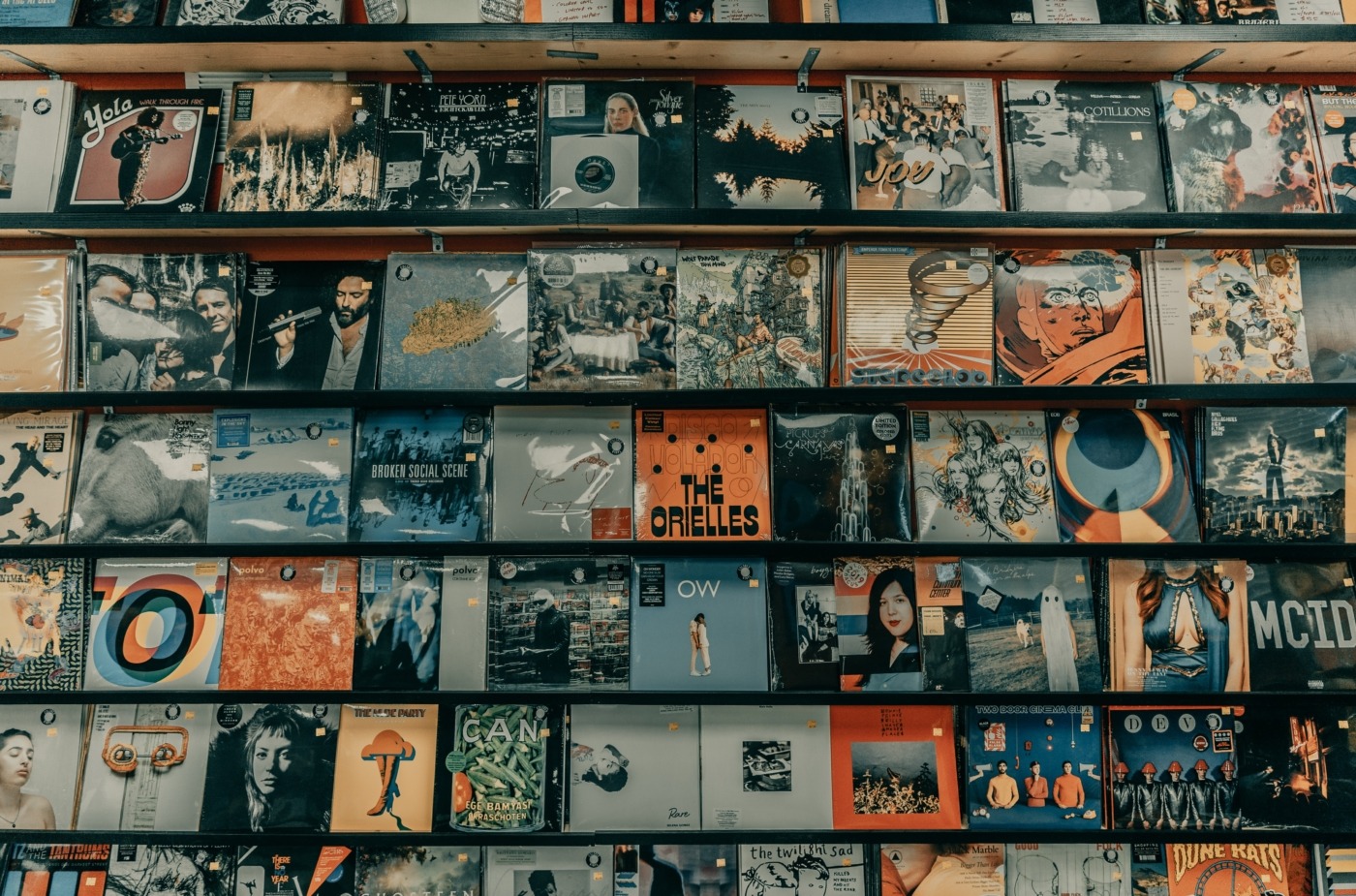The fine art of the album cover
Significant music albums don’t just stop at the music. LPs as artistic statements must take everything into consideration: songwriting and performance quality, track sequencing, thematic cohesion, production level, the record’s title, and (yes) the cover art. YouTubers like Nathan Zed and Anthony Fantano (TheNeedleDrop) have discussed the power of album covers. The former values their creative and emotive potential, whilst the latter treasures its more informative capabilities. Album covers are important, and it’s an art which seems only appreciated by the more intensive music listener.
Album art can heavily inform the music inside. For instance, the cover of Soundgarden’s Superunknown (1994) is brilliant, as its dark colour palette matches the dreary themes found in the songs. Yet the trippy, distorted photo of the band, slathered in warm, saturated colours corresponds with the psychedelic, stoner, hard and alternative rock of the music, and the angst and intensity in the band’s performances. Pink Floyd’s The Wall (1979)’s cover is supremely apt because the basic white-brick wall which foregrounds the record’s title encompasses how “the wall” metaphor that underpins the project can represent many ideas like manhood, totalitarianism, or interpersonal relationships.
Album covers are important, and it’s an art which seems only appreciated by the more intensive music listener.
A bad album cover does the opposite. Take Blur’s debut LP, Leisure (1991): what exactly does a photo of a chipper female swimmer tell us about the music inside, given its main influences stemmed from the dying madchester movement? This cover screams of a band who were clueless, and the music shows that. Contrast this with Blur’s 1993 wonderfully melodic, eclectic sophomore record Modern Life is Rubbish; this cover portrays a barrelling locomotive, presented in a style reminiscent of famous romantic British painters like Thomas Gainsborough. It embodies frustrations the band had towards the growing Americanisation of Britain, exemplified in their comically yet beautifully British approach to the music on the project.
Admittedly, only retrospectively can an album’s cover prove suitable or iconic. For example, The Beatles’ seminal Sgt. Pepper’s Lonely Hearts Club Band (1967) record helped to inspire the “album era” (when pop music artists en masse began viewing their albums as projects). Despite the LP’s clever cover, which has the foursome transformed into a kaleidoscopic act, only upon reflection when digesting the music (and its influence on pop culture) that the cover becomes truly impressive. The vivid colours mirroring the brightly textured songs, with its pristine production and the group’s almost inhumanly precise musical performances. Not to mention the full and forthright vocal arrangements, harmonies, and melodies which can be informed from the boldness of the cover.
Similarly, albums like The Who’s 1971 effort Who’s Next with its minimalist cover does reflect how the music triumphantly and relentlessly speaks for itself. Smashing Pumpkins’ Mellon Collie and the Infinite Sadness (1995) album sleeve in its dark shades of blue and classical artwork does complement the LP’s engagement with dark themes in the most beautiful manner the band could muster. Yes, this applies to bad albums too. Oasis’ 1997 bloated musical chaos in Be Here Now (be here for what? The death of a band?) has the band photographed indulging the high, luxurious life. In hindsight, the cover aptly represents the Oasis’ decadence – they were never as good as they were ever again.
The interview with Carlota Guerrero reveals the relationship between album art and the music inside, showing how symbiotic it still can be.
Of course, many artists have album covers that don’t necessarily correspond with their music. Beach Boys’ classic Pet Sounds (1966) has a cover (and title) that simply doesn’t do the project justice (the title track is an instrumental, and there’s barking sounds after the closing track). Despite this, the record’s brilliance is undeniable – rendering its nonsensical title and cover moot. Perhaps immense songwriting quality and an artist’s status could diminish the bearing their album art has. I’m sure pop artists like Taylor Swift, Maroon 5, and Drake don’t need to worry about their album sleeves artistically. Also, streaming and the introduction of NFTs may bring the demand for casual music listeners to take note of such things down even further.
But that doesn’t mean current album covers carry no meaning. Recently, Amy Fleming of The Guardian interviewed the photographer (Carlota Guerrero) of Solange’s 2016 album A Seat at the Table. The interview reveals the relationship between album art and the music inside, showing how symbiotic it still can be. Regardless of the musical landscape, the album cover will always have something to say about the LP – no matter how few people are willing to listen!

Comments